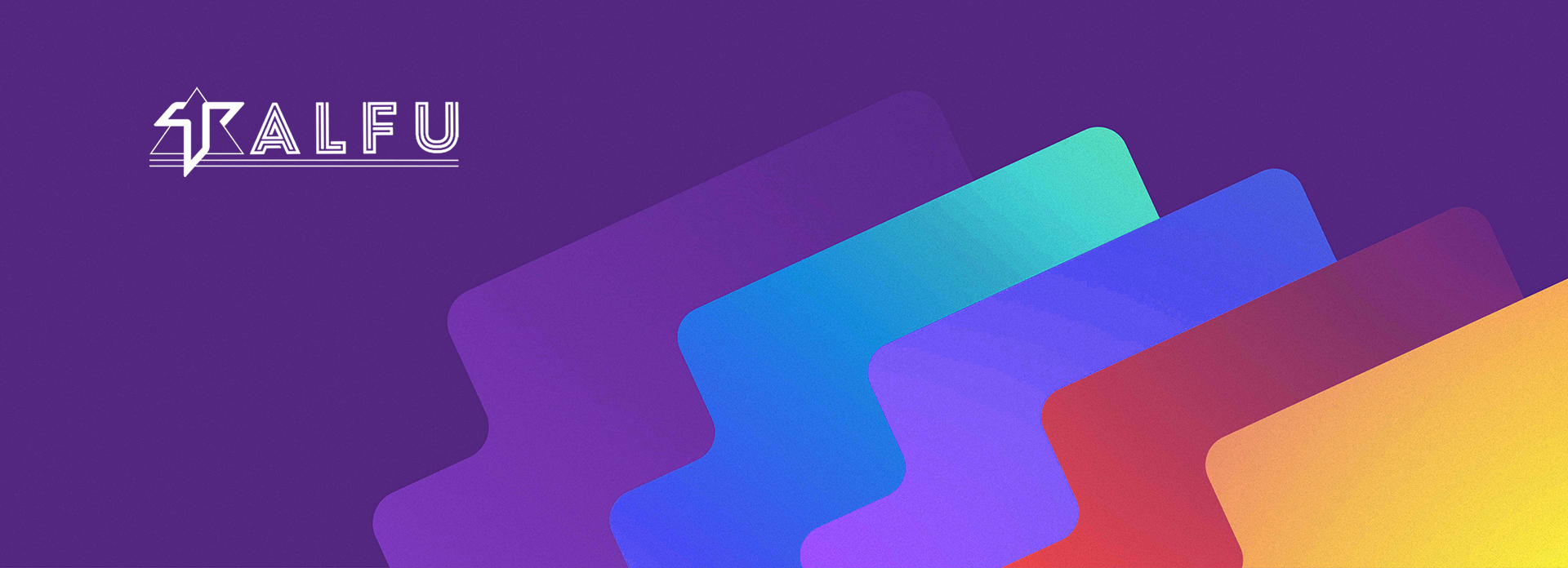
A Real-life Rebranding Story For Rebranding Your Existing Brand With Unbeatable Identity
Let's take a sip from the iconic red can of Coca-Cola. In the mid-1980s, Coca-Cola decided to embark on a rebranding journey that would go down in marketing history.
Coca-Cola, one of the most iconic and successful brands globally, decided to reformulate its original Coca-Cola formula and launch a new version of its flagship product. The decision was driven by a desire to revitalize the brand and compete more effectively with its rival, Pepsi.
In the early 1980s, Coca-Cola found itself facing increased competition from Pepsi, particularly in the "cola wars" that dominated the soft drink industry. Pepsi's marketing campaigns, such as the Pepsi Challenge, claimed that consumers preferred the taste of Pepsi over Coca-Cola in blind taste tests. Feeling the pressure to regain market share, Coca-Cola executives made the bold decision to change the formula of their classic beverage.
In April 1985, Coca-Cola introduced "New Coke" to the market. The new formula was sweeter and had a taste profile more similar to Pepsi. The company supported the launch with an extensive marketing campaign, including advertisements and promotions. However, the response from consumers was overwhelmingly negative.
Coca-Cola enthusiasts, who had a strong emotional connection to the original formula, expressed their discontent and disappointment. The company received a flood of letters and calls from loyal customers who demanded the return of the original Coke. Many viewed the change as a betrayal of a beloved cultural icon.

Recognizing the magnitude of the backlash and fearing the potential long-term damage to the brand, Coca-Cola took swift action. In July 1985, just a few months after the launch of New Coke, the company announced the reintroduction of the original formula as "Coca-Cola Classic." This move was accompanied by a marketing campaign emphasizing that the company had listened to its customers and was returning to the beloved taste.
The reintroduction of Coca-Cola Classic was met with relief and excitement from consumers. The controversy and subsequent return of the original formula actually worked in Coca-Cola's favor, as it generated significant media coverage and reinforced the emotional connection people had with the brand.
The "New Coke" debacle taught Coca-Cola a valuable lesson about the importance of brand loyalty and the emotional connection consumers have with established products. The incident highlighted the risks of tampering with a brand's core identity and underscored the need for companies to listen to their customers. While the New Coke experiment is often seen as a marketing failure, it ultimately contributed to the strengthening of Coca-Cola's brand image and the reaffirmation of consumer loyalty to the original formula.
Acknowledging the power of nostalgia and the emotional connection people had with the brand, Coca-Cola made a swift move. They reintroduced the original formula as "Coca-Cola Classic." This move not only brought back the cherished taste but also showcased the brand's willingness to listen to its consumers.
The lesson from Coca-Cola's rebranding adventure? Even the most iconic brands can stumble, but by staying true to their roots and listening to their audience, they can emerge stronger than ever.

Want Rebranding: The Heroic Evolution
1. The Hero's Quest: Conduct a Brand Audit:
- Before embarking on a heroic quest to rebrand, conduct a comprehensive brand audit. It's like the hero's self-reflection before setting out on a new adventure.
2. The Call to Adventure: Define the Reasons for Rebranding:
- Every hero receives a call to adventure. Clearly articulate why your brand is answering this call to rebrand. Is it to conquer new markets, face a villainous competitor, or simply to evolve with the times?
3. The Fellowship: Involve Your Community:
- Your brand's community is the fellowship. Engage them in the rebranding process, listen to their thoughts, and let their voices shape the narrative. A superhero is nothing without their community of supporters.
4. Elements of Continuity: Superpowers Unleashed:
- While change is inevitable, keep some elements consistent. It's like upgrading your superhero suit – the essence remains, but the powers are unleashed in a new and exciting way.
5. The Hero's Transformation: Implement the Rebrand Gradually:
- Heroes undergo a transformation. Roll out the rebrand gradually to minimize shock. Communicate the changes as part of an exciting transformation, much like a superhero upgrading their gear for a new mission.
6. Super Metrics and Analytics: Monitor and Adjust:
- Superheroes rely on gadgets, and you have metrics. Track the impact of the rebrand using customer feedback, sales data, and market perception. Adjust your strategy based on real-time insights.
7. The Victory Celebration: Cheers to the Heroes:
- Once the rebrand is complete, celebrate the victory! Highlight the positive aspects of the change and toast to the future. After all, heroes deserve a moment of triumph.
In the grand saga of business, building and rebranding are chapters filled with excitement, challenges, and triumphs. Craft your brand story with passion, involve your audience like cherished characters, and let your brand be the superhero in the journey of your customers' lives. May your brand's tale be legendary!
Looking For Business Consultation For Rebranding Services? Contact Talfu Now
Resources:
- Business Intelligence & Data Analytics Services.
- Data-driven Marketing Services.

